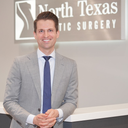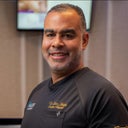Most plastic surgeons do not use ultrasound guidance for fat transfer for the same reason they don’t use ultrasound guidance for liposuction or other blind procedures.







